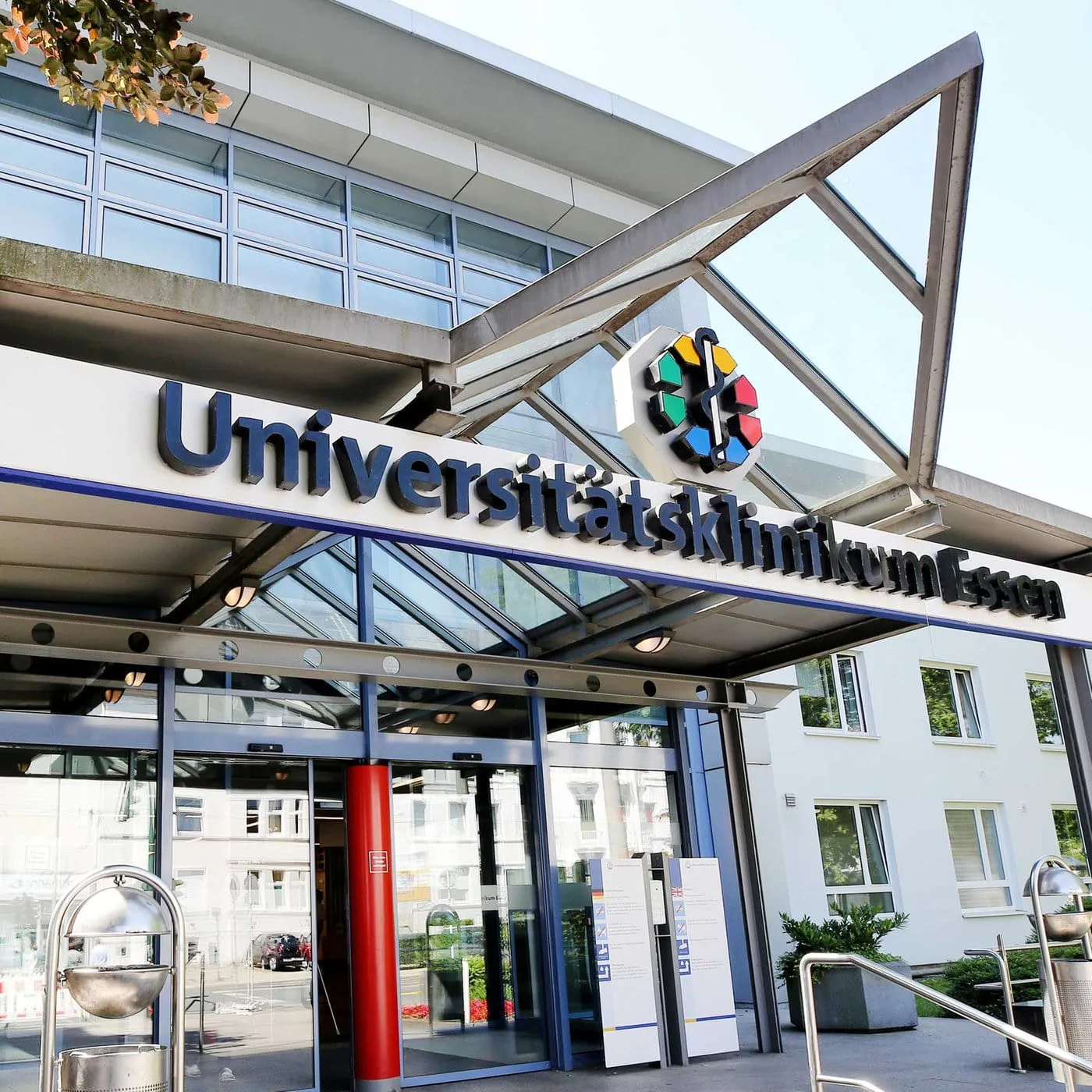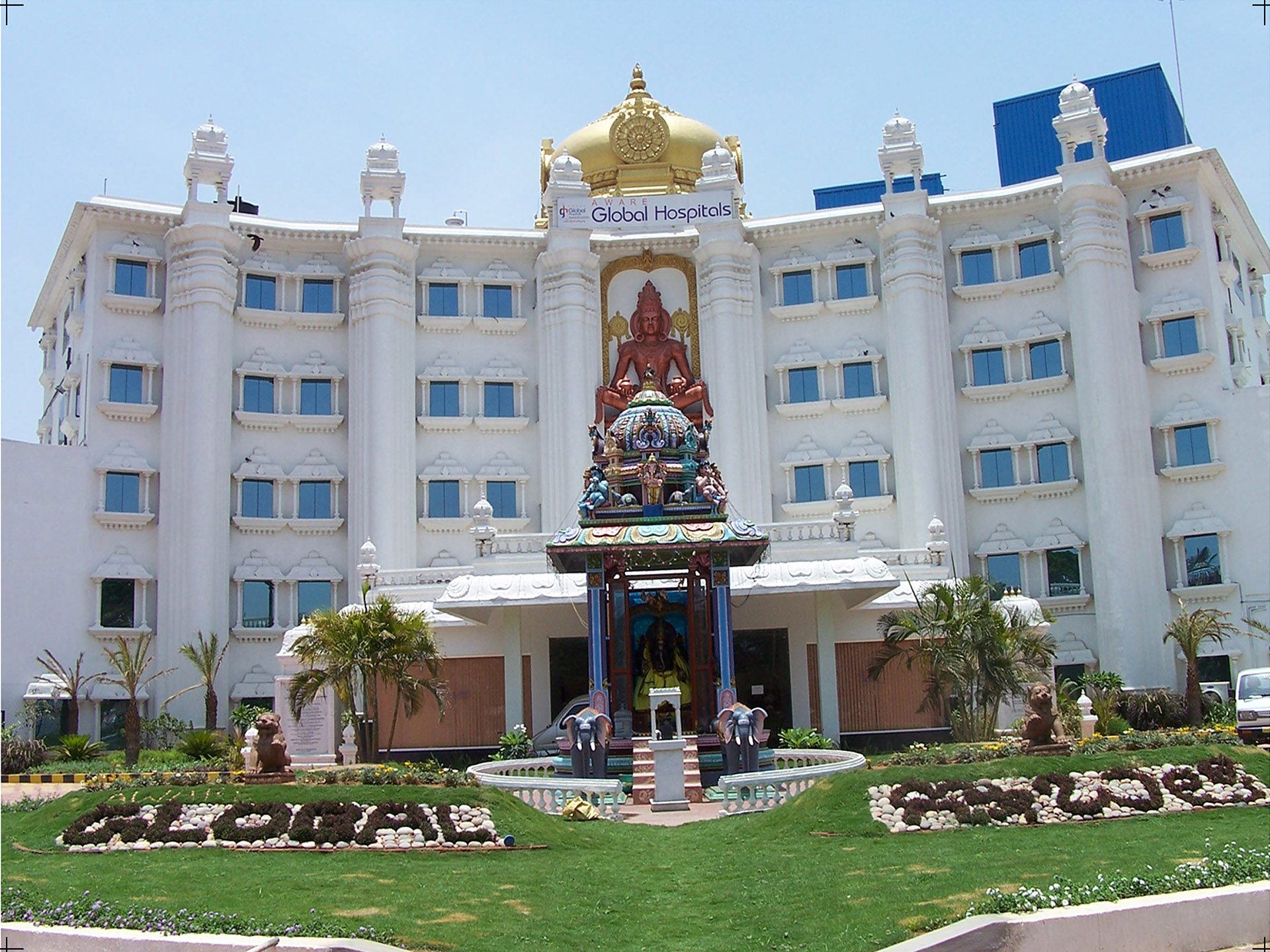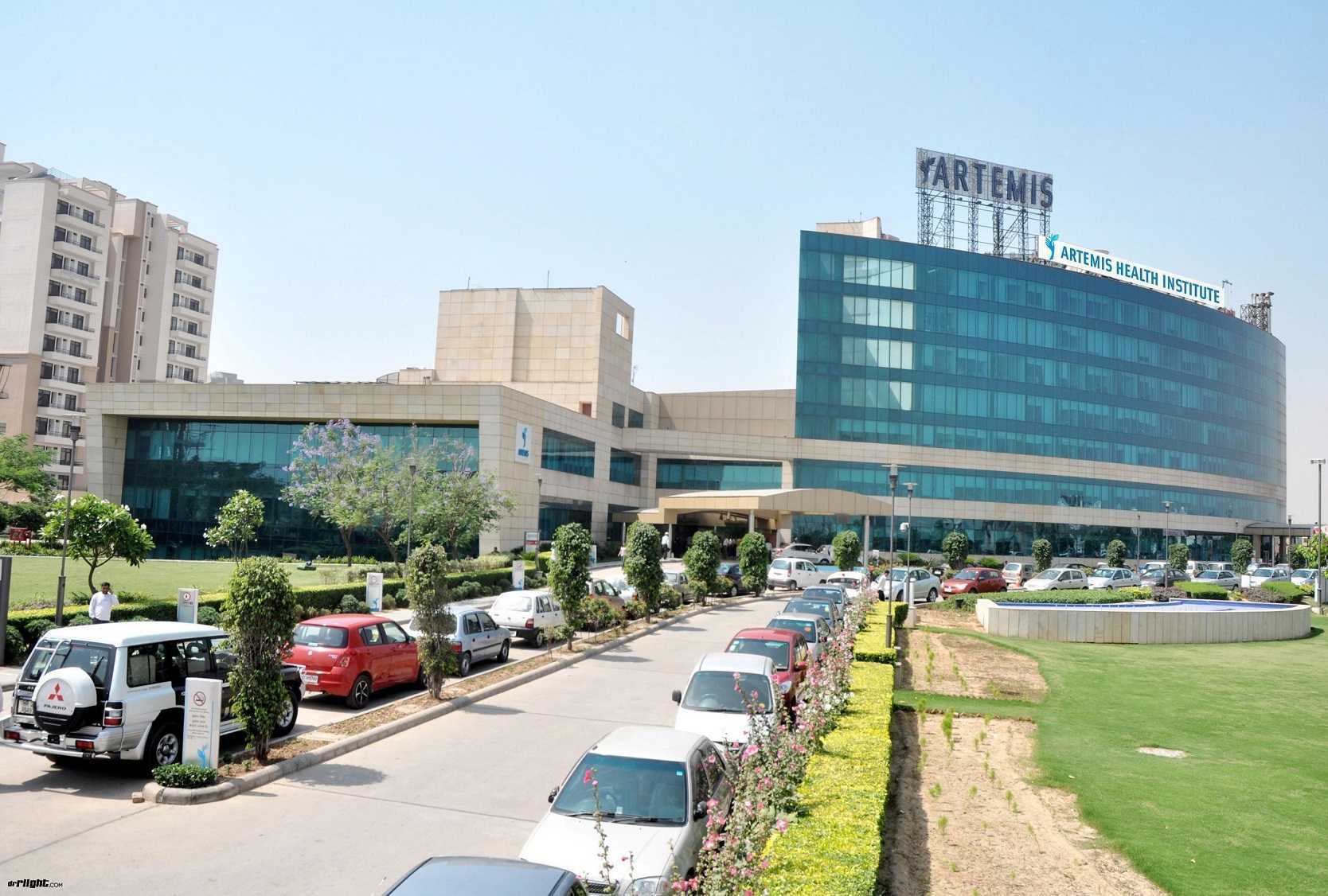Liver Transplant: When is Surgery Needed? Donor Requirements
Liver transplantation – a surgical operation in which a defective organ that does not function properly is removed and replaced with a healthy one. For transplantation, a liver is taken from a donor – a deceased person, or a part of a healthy organ from a living person.
The operation is used to treat patients with severe complications caused by chronic liver pathologies. Sometimes a liver transplant is a treatment option for sudden liver failure.
Who needs a liver transplant?
With the current medical development, liver transplantation is the only way to treat liver failure, since a device completely performing the liver functions hasn’t been invented. Patients requiring surgical intervention mainly suffer from acute or chronic liver failure.
Decompensated liver disease signs and symptoms are:
- Bleeding in stomach and intestines.
- Liquid retention in organs.
- Encephalopathy.
- Jaundice.
What causes chronic liver damage?
- Hepatitis A, B, C, D and E.
- Illness provoked by excessive alcohol consumption.
- Metabolic pathologies.
- Genetic liver diseases.
- Excessive iron deposition in the liver.
- Alpha-1 antitrypsin deficiency.
- Excessive accumulation of glycogen 1,3 and 4 types.
- Tyrosinemia.
Above are a number of negative influences leading to organ dysfunction.
Living donor requirements
Criteria for liver transplant are:
- A donor must have compatible blood and liver structure with the patient. Additionally, donors shouldn’t have liver pathologies, heart illnesses or cancerous nature tumors.
- A donor must be an adult under the age of 60 fully aware of the details of the operation.
- A donor must abstain from alcohol during the operation and recovery period.
Liver transplant evaluation
During the evaluation process, a person needs to go through certain tests to determine if he/she can be a donor. Preoperative period can take up to 2 weeks – blood tests, X-ray, CT scan, ECG, general organism examination with liver palpation, tissue comparison, etc.
Complications after liver transplantation
After a liver transplant, the following problems may occur:
- Primary transplanted liver dysfunction or insufficient functionality, occurring in approximately 1-5%. If liver function doesn’t improve, urgent new transplants may be needed to save patient’s life.
- Hepatic artery thrombosis – occurs in 2-5% of transplants from deceased donors. It may be necessary to re-transplant.
- Portal vein thrombosis – quite rare.
- Biliary tract complications – it occurs in 15% of transplants from deceased donors and up to 40% of living donors.
- Organ rejection
Immunosuppression
Transplant recipients are prescribed meds minimizing the immune response to keep the organ safe and prevent immunological attacks. If such therapy is absent, the immune system identifies the new organ as foreign defect, attacks it, and damages the transplanted liver.
Organ rejection
Body’s rejection of new liver is asymptomatic. It can be detected through laboratory tests. Suspecting rejection, specialists prescribe a liver biopsy.
Recurrent disease
Separate processes provoking liver failure can have a negative impact on a new organ and destroy it. There are specific meds and strategies for prevention of new organ infection and damage.
Post-transplant lymphoproliferative disease (PTLD)
It’s an unusual cancer type occurring in transplant recipients. It’s caused by the Epstein-Barr virus (EBV).
Many people have been exposed to EBV as children or teenagers. In such patients, EBV-associated PTLD occurs after liver transplants involving, as immunosuppression allows the virus to reactivate. Simultaneously, many children get liver transplants, even without exposure to EBV.
Survival after liver transplantation
5-year survival rate after liver transplantation is 70-80% for patients older than 30 years and 80-85% for children. With the complete biological parameters coincidence of donor and recipient, and stable physical condition of patients, the operation is successful in 95%.










